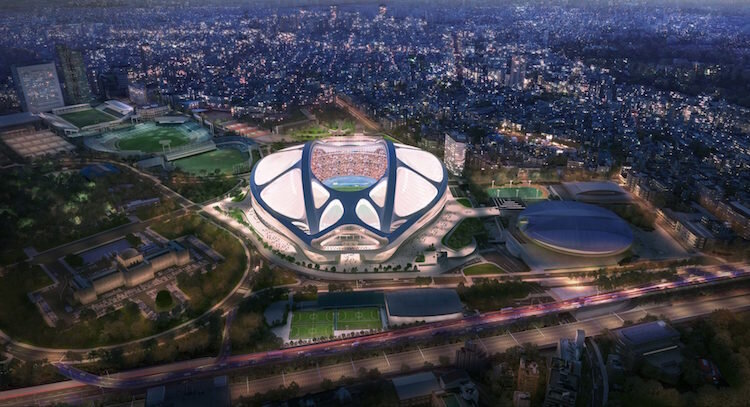‘Star Architects, Urban Spectacles, and Global Brands: Exploring the Case of the Tokyo Olympics 2020’
‘Star Architects, Urban Spectacles, and Global Brands: Exploring the Case of the Tokyo Olympics 2020’*
Tomoko Tamari
Published in the International Journal of Japanese Sociology 2019, Volume 28, Issue 1
Abstract
Olympic stadia are often regarded as political showcases stemming from a range of influences: the host nation's international politics, the interests of transnational capitalism, site‐specific meanings, and the power of iconic architecture. By examining the 2020 Tokyo Olympic main stadium as a case study, this article analyzes the controversial Zaha Hadid Tokyo stadium design in relation to the Japanese national branding initiative. The article argues that branding should be seen as part of an economic and cultural system that seems to enhance the global value of iconic architects and their buildings. Yet the power of brands can be understood as contingent. Their ambivalent nature entails a tension between exclusiveness and banality; additionally, branded architects may find it difficult to work across the different regimes of global and local politics, and they are of course also constrained by the logic of neoliberal transnational capitalism. By investigating a major global branded architect, Zaha Hadid, the article considers why a new image of Japan could not be adequately created by Hadid's aesthetics and narratives of the Olympic stadium, which could have been regarded as a national cultural legacy. The article then discusses the contested processes of image‐making and narrative creation in relation to the representation of Japan in contemporary Olympic culture. The article concludes with an examination of Kengo Kuma's architecture language in his 2020 Tokyo Olympics stadium design.
* Earlier drafts of some of the material in this article has been previously published in the International Planning History Society 18 (1) (2018 Yokohama Conference Proceedings, Looking at the World History of Planning), though it has been modified to accommodate to the special issue topic.


